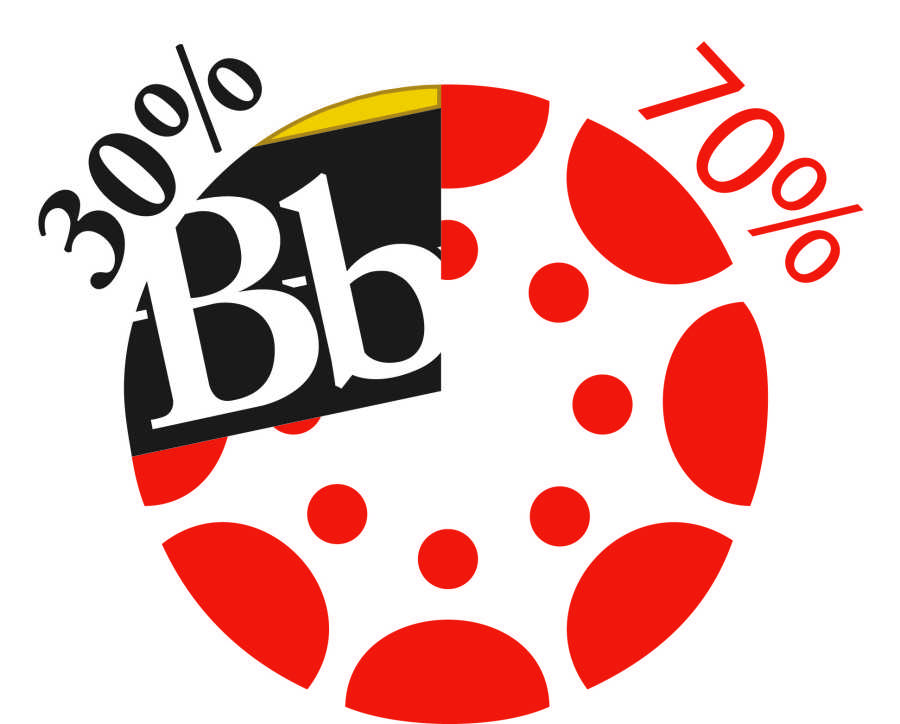Northwestern falls short of Canvas transition goal
March 31, 2015
Northwestern fell short of its goal to transition 75 percent of classes from Blackboard to Canvas by the end of Winter Quarter, but still hopes to have 90 to 100 percent of courses on Canvas by the end of Spring Quarter.
The University aimed to have three in four courses on Canvas, but only about 70 percent were on the new course management system by the end of last quarter.
Faculty members did not have enough time between Fall and Winter quarters to learn the new system because many were preoccupied with grading, the holidays and preparing for the new quarter, said Victoria Getis, NU Information Technology’s manager of faculty support services.
However, she said NUIT could have done a better job reaching out to faculty.
“The hardest part of any switch like this is just being sure that you get the word out,” Getis said.
Northwestern was ahead of schedule at the start of the school year with more than half of classes on Canvas, but each of the University’s 12 undergraduate and graduate schools are in different stages of transition.
The School of Law and Feinberg School of Medicine have already fully transitioned to Canvas, but the Weinberg College of Arts and Sciences, the School of Professional Studies and The Graduate School have faced more difficulty moving courses.
“Weinberg is hard because it’s the biggest school, it’s got very diverse faculty and they have varying levels of IT support and information,” Getis said. “Some areas have amazingly good support and information right in their own departments and in others, people are pretty much fending for themselves.”
German Prof. Katrin Voelkner, a member of the Canvas Transition Committee, said Weinberg has taken longer to transition because it has larger classes, which require more planning to move to Canvas.
The School of Professional Studies, on the other hand, is moving to Canvas in a very “planned fashion” so whole programs move at the same time, Getis said. She added The Graduate School has certain programs where the faculty are not as tied to specific departments, making it tougher to coordinate.
Getis and Voelkner both said students and professors have responded positively to the transition.
“I’ve heard lots of students saying ‘thank you,’ which is really nice,” Getis said. “The faculty satisfaction with Canvas is pretty high, and I find it’s a good indicator that people are getting used to it and getting more comfortable.”
Weinberg sophomore Yining Zhang said although she feels Canvas and Blackboard serve the same purpose, Canvas looks better and is slightly more organized.
Looking forward, Getis said she has no worries about completing the transition to Canvas. All schools are on track to have 90 to 100 percent of classes transitioned by the end of spring quarter, according to NUIT’s website.
“I think we’ll be in great shape,” she said. “The idea is that this summer, Blackboard will be available for retrievable purposes only, not for teaching. So I expect that starting in the fall, once we’ve turned off Blackboard, there just won’t be any more Blackboard courses.”
Email: [email protected]


